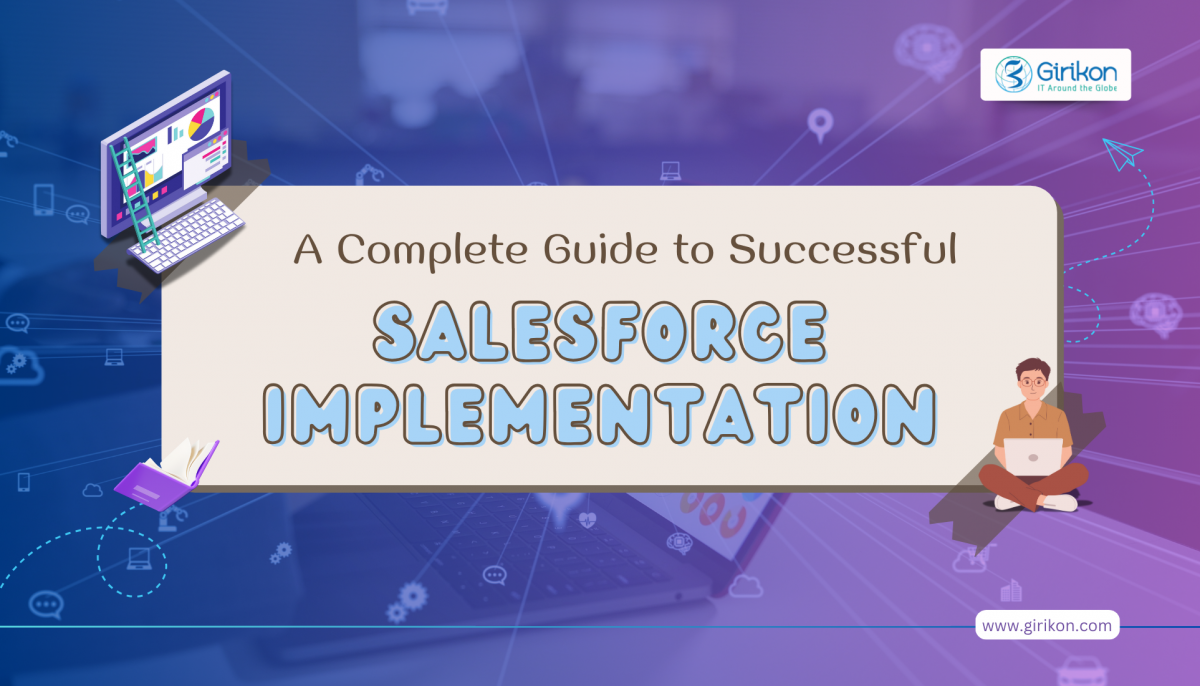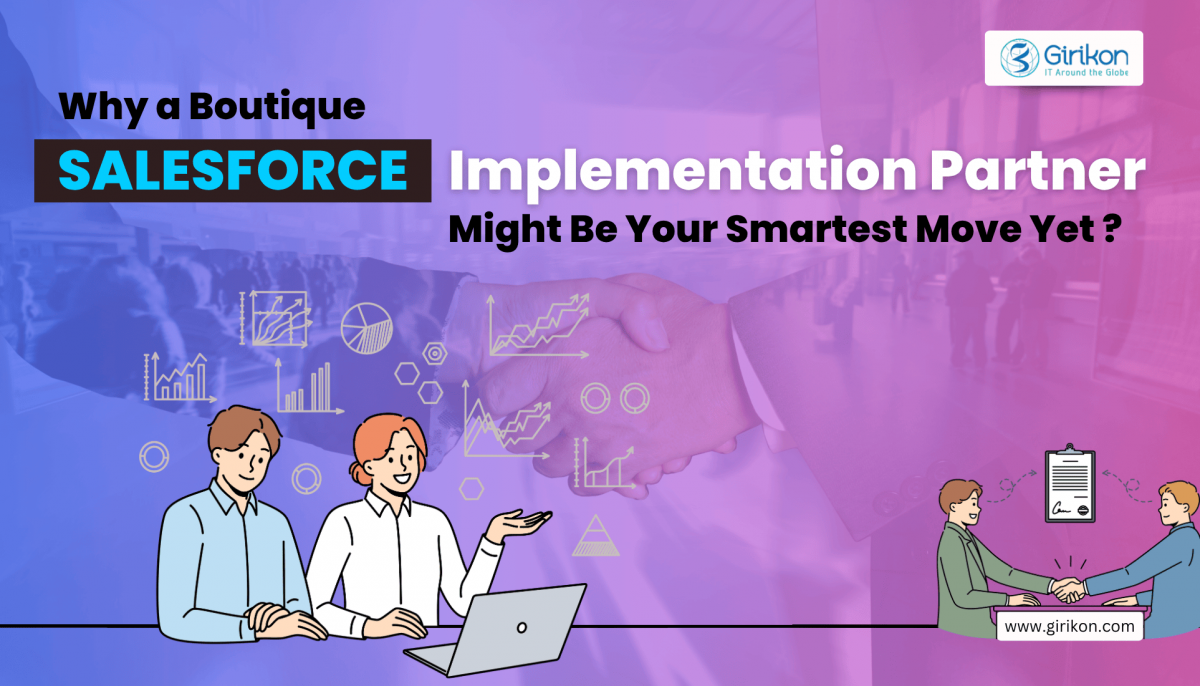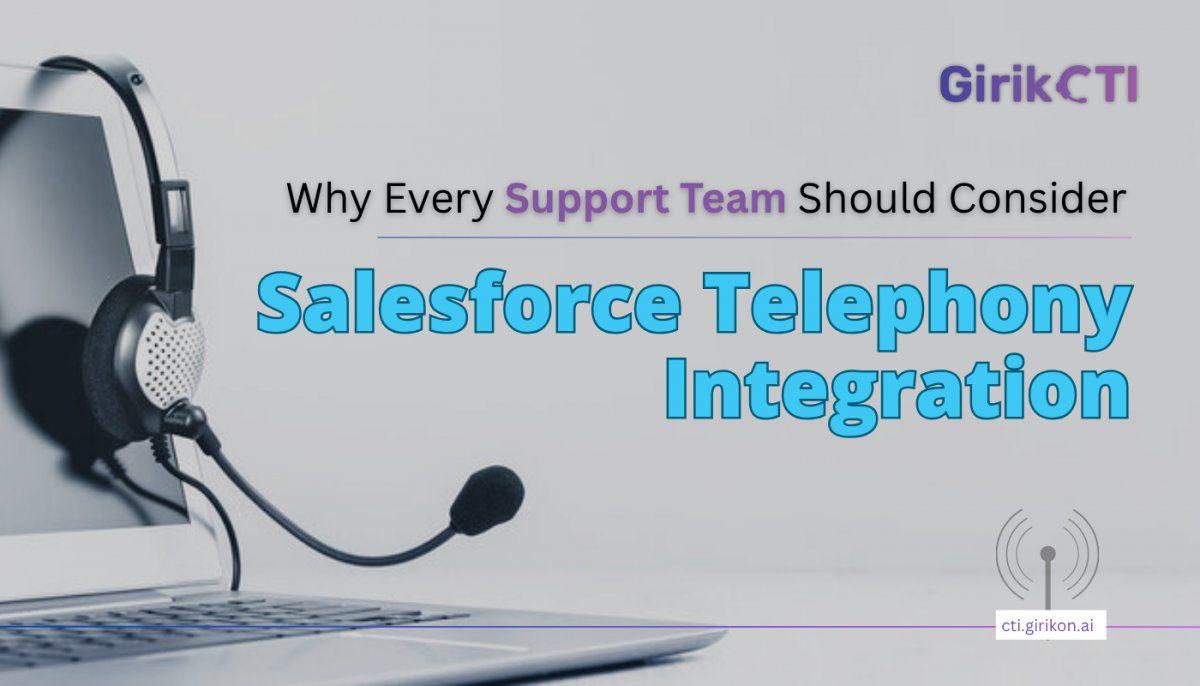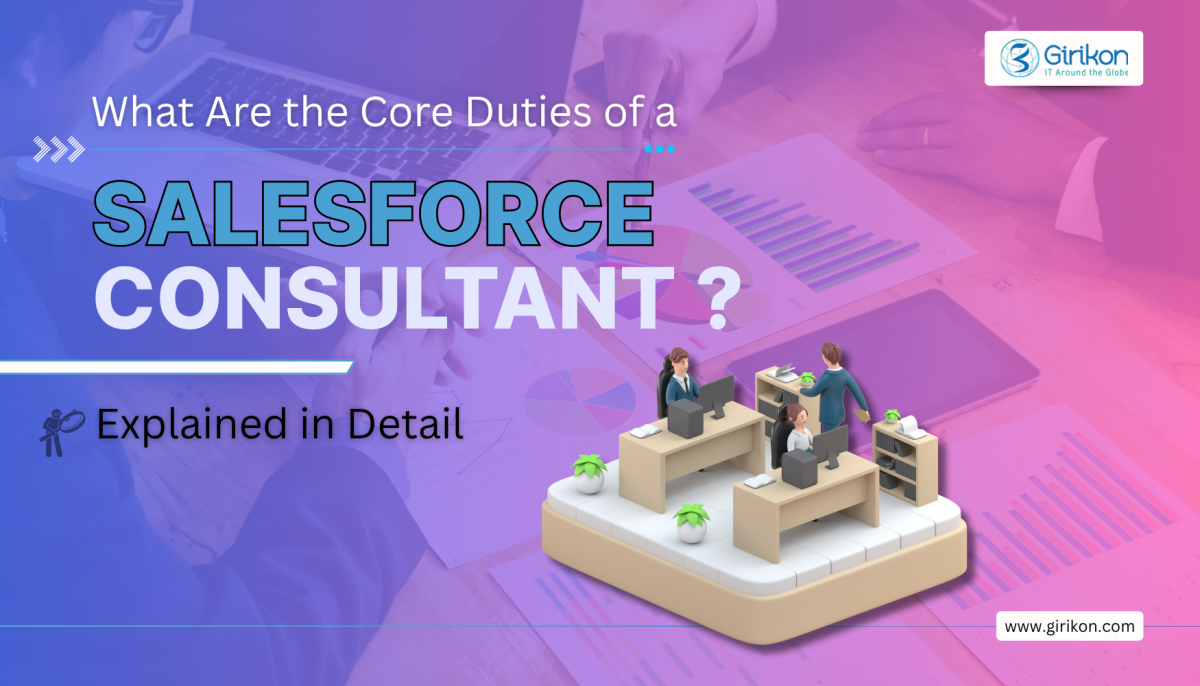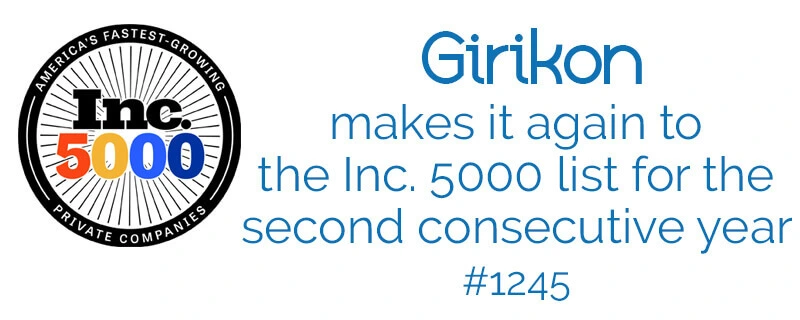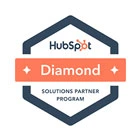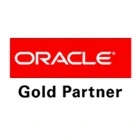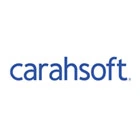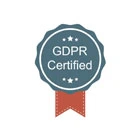Our Blogs
While the secret to understanding customers lies in your data, making sense of that data is a totally different ball game. Evolution in technology and concerns around user privacy have mushroomed new challenges for marketers to know their audience and deliver data-driven experiences. An AI-powered customer data platform (CDP) addresses these challenges and more. CDPs can connect with a single storehouse of data – one that is proprietary, trusted, and acquired with consent.
Salesforce’s own CDP, Marketing Data Cloud, takes things up a notch. It puts marketers in control of the entire customer journey, allowing them to connect, unify, and act on data across all marketing touchpoints and enhance the customer experience across teams and departments – from sales, marketing, service, commerce, and more. Marketing Data Cloud from Salesforce accomplishes four primary functions:
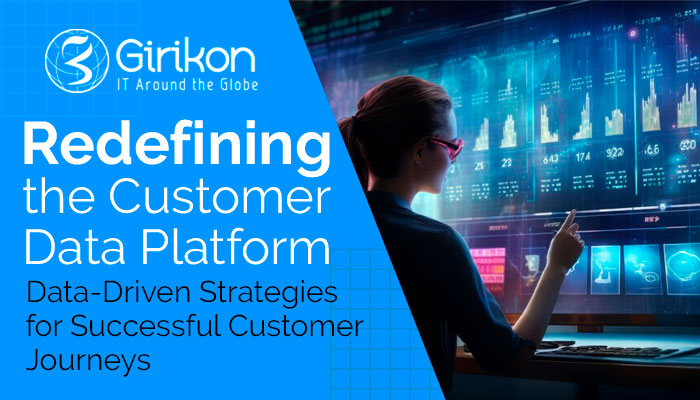
It connects. Connect all your customer data across apps, channels, and devices with out-of-the-box connectors, at scale.
It harmonizes. Aggregate all your data into a single customer profile, autonomously. Data across multiple channels and teams all integrate seamlessly using configurable rules.
It engages. Empower all departments with unified customer profiles and update them in real-time via AI-powered analytics.
It delivers an experience. Data activated from Marketing Data Cloud drives real-time, tailored, timely customer experiences.
In this article, we talk about eight use cases of how Marketing Data Cloud applies these aspects to resolve common challenges faced by marketers, along with their colleagues in sales, service, and commerce. From enhancing engagement to winning customer loyalty, these data-driven methodologies ensure a robust CDP can make every interaction count.
The Engagement Booster
Engage your customers at the right moment with real-time data.
Benefits: Better engagement with improved efficiency
KPIs: Email Click-Through Rates, Conversions, Revenue
Data Involved: Customer engagement data, web data, sales data, web and app visits, browsing history.
CONNECT. CDP connects data from all sources within and outside of Salesforce.
HARMONIZE. The customer's unified profile is created in the CDP. It includes all their engagement activity from across multiple channels and departments. And automatically updates the data in real time with every interaction. And if a customer opts in, CDP can automatically send personalized texts with tailored offers at the right time.
ENGAGE. Geolocation data from a customer’s phone activates an engagement action. And when they walk into a physical store, a tailored offer is sent to their phone via the Salesforce messaging app to nudge them to make a purchase.
EXPERIENCE. A customer is out shopping for a new smartphone that they have been eyeing for a while. To their surprise, they get a discount on the exact same product that they wanted to buy, right when they get to the aisle.
The Smart Advertiser
Make every dollar spent on ads count.
Benefits: Higher Efficiency
KPI: Return on Ad Spend
Data Involved: Customer loyalty status, purchase history, case history, email interactions, browsing history, and geo-location history.
CONNECT. CDP connects all customer data within as well as outside Salesforce – loyalty, purchases, case history, engagement data, demographics, and affinity data.
HARMONIZE. CDP pulls out the customer’s unified profile and creates AI-powered segments. Segment-level data insight from ad partners is incorporated to refine customer segments further for eg, customers looking for specific products and services.
ENGAGE. CDP activates these segments on popular ad platforms to hyper-personalize ads for customers, all this while protecting the customer’s privacy. At the same time, CDP also suppresses ads to customers with unresolved service cases, customers who already purchased the item or returned it, and those unlikely to engage.
EXPERIENCE. Customers view ads of products or upgrades, precisely what they had in mind and within their preferred price band.
The Shopper Styler Drive
Increase revenue with hyper-personalized e-commerce.
Benefits: Higher Conversions
KPIs: E-commerce Revenue
Data Involved: Purchase history, browsing history, activity behavior, loyalty status, case history, and email interactions.
CONNECT. CDP pulls data from all touchpoints between the customer and the brand such as purchase history, buying preferences, loyalty data, service engagement, website, and app engagement, and more.
HARMONIZE. Leveraging the customer’s unified profile, CDP derives intelligent Insights on new metrics such as “propensity score” to predict the customer’s likelihood to buy a particular product. These insights enable marketers to make faster, data-driven, decisions. CDP can drive tailored shopping experiences and promote those products.
ENGAGE. Commerce Cloud leverages insights from Data Cloud to provide tailored shopping experiences to the customer on their brand’s online store or app. And with the help of the customer’s propensity score, data points such as reward points, recent purchases, and recommended products are automatically served up. CDP can automatically activate relevant and timely actions in the customer’s journey. Actions like clicks and cart abandonment can initiate a background process that anticipates the customer’s needs and encourages action.
EXPERIENCE. When a customer visits their favorite mobile accessories brand’s website or app, they get personalized product recommendations. And if they abandon the cart before checkout (for whatever reason), CDP can automatically fire a reminder email with a discount incentive to nudge them to complete the order.
The Website Winner
Improve conversion with personalized experiences.
Benefits: Increased engagement, higher conversions
KPIs: Bounce rate, browsing history, average time spent on a product, session duration.
Data Involved: Purchase history, engagement data, loyalty status.
CONNECT. CDP draws together customer data across marketing, commerce, sales, and service interactions.
HARMONIZE. After unifying all the customer data into a single customer profile, CDP identifies a customer’s past purchase behavior, including their recent purchases. CDP then places the customer in the post-sale segment focused on helping them to derive immediate value from their latest purchase.
ENGAGE. Based on the customer’s recent purchase data, CDP fires a personalized text via the Salesforce messaging app, with a link to the brand’s website to prompt them to learn more about the product and its usage. And as soon as the customer lands on the website, the page is dynamically populated with relevant how-to articles, care instructions, and other relevant and personalized content.
EXPERIENCE When the customer clicks on the link to the website, they land on a webpage populated with relevant content based on their recent activity. This includes product-related articles, videos, images, and additional offers.
The Cross-Seller
Intelligent predictions for your customers’ next purchase.
Benefits: More upsell and cross-sell opportunities, higher conversions
KPIs: Sales, Product popularity, Average cart size
Data Involved: Purchase history, browsing history, engagement data, loyalty status.
CONNECT. CDP connects sales, loyalty, and service data to generate unified customer profiles and offers intelligent insights to reveal opportunities for cross-selling and up-selling based on the data. It can also suggest customer lifetime value (CLV), propensity scores, engagement scores, and more.
HARMONIZE. CDP-powered insights create a new metric called affinity score which predicts a customer’s affinity towards other products. CDP then leverages this data to define new customer segments based on the insights.
ENGAGE. CDP then activates this customer segmentation data across multiple customer engagement platforms. Customers get personalized emails, texts, tailored web and app experiences, and personalized ads on their preferred channels.
EXPERIENCE. As customers browse an online store or app, personalized product recommendations are automatically served up. Customers can view these items and complete the purchase.
The Insight Viewer
Analyze marketing performance.
Benefits: Optimized performance, Deeper Insights, Improved average time for ROI.
KPIs: Product Views, Sales, ROI.
Data Involved: Purchase history, cross-channel activity, Engagement, and Campaign performance.
CONNECT. CDP connects data from all touchpoints across marketing, sales, service, and commerce, to create unified customer profiles. Analytics tools such as Tableau and Marketing Cloud Intelligence leverage this data to augment audience discovery and measurement.
HARMONIZE. Marketing Cloud Intelligence helps marketers optimize campaigns and customer journey performance. Tableau provides deep customer insights to help teams discover new customer segments and behaviors that drive adoption and increase their lifetime value.
ENGAGE. CDP drives the wheel of optimization. Marketing Cloud Intelligence uses data from CDP to refine campaigns. Tableau serves up intelligent audience insights, identifying high engagement areas. These insights then flow back to CDP to drive hyper-personalization in every moment.
EXPERIENCE. As customers enjoy their purchases, brands stay connected with personalized offers on their preferred channels. As data is being gathered and analyzed on the go, brands can measure and optimize campaign performance, discover new segments, and act on high-value actions.
The Service Solver
Convert service cases into happy customers.
Benefits: Customer Satisfaction
KPIs: Service Cases Created, Duration of open cases, CSAT (Customer Satisfaction Score)
Data Involved: Purchase history, Sales data, Service Data, Engagement data, Browsing activity.
CONNECT. CDP pulls in comprehensive service data like service cases, customer service feedback, lifetime value, loyalty data, and more.
HARMONIZE. Service data in CDP augments the customer segmentation process. This helps marketers refine their engagement strategy based on customer service interactions.
ENGAGE. In a scenario where a customer has an open service case, CDP gets notified and pauses all marketing activities tailored for that customer until the case is closed. Additionally, because CDP is receiving all service data, the customer service team has access to the customer’s profile enabling them to be aware of their problem as soon as they reach out to a service rep, and then quickly resolve the issue.
EXPERIENCE. Customers get their order related issues resolved in a matter of minutes. When a new case is logged, the service team quickly reaches out to the customer, being aware of their order and having access to their unified profile. Not only does the customer get the issue resolved quickly, but they automatically get a personalized email or text with a 10% discount voucher for their next purchase to make up for the mistake.
The Loyalty Earner
Reward customers at every stage.
CONNECT. CDP connects data from a brand’s loyalty system into a customer’s unified profile, along with marketing, sales, and service data.
HARMONIZE. Based on interactions with customers in a particular segment, CDP automatically places them into the relevant loyalty tier giving them access to tiered marketing offers and deals automatically.
ENGAGE. CDP activates this segment across multiple engagement platforms and customers in this segment automatically start receiving personalized content. The content (which includes product recommendations and offers) is linked to their loyalty status and encourages them to aspire to be in the next loyalty tier for further exclusive benefits such as rewards, discounts, preorders, and more.
EXPERIENCE. A customer’s latest purchase of mobile accessories automatically moves them to the next tier of loyalty status. This gives them access to exclusive discounts and offers.
It’s time to build your own customer data strategy, and if you have one, you can always refine it. Our extensive experience in Salesforce consulting services can help. With a robust CDP, marketing teams can connect every interaction throughout the customer journey with a unified source of actionable, real-time data. They can truly understand their audience and deliver personalized engagement that drives revenue and builds lasting relationships. And that’s not where the value of CDP ends. In fact, it is just the beginning. Every department and team across sales, service, and commerce can also benefit from the power of a CDP. Powered by Customer 360, Marketing Data Cloud unifies all customer data across all channels and departments to create a single, unified customer profile that is updated in real-time with every interaction. With a unified view of your customer, Marketing Data Cloud empowers marketing, sales, service, and commerce teams to make every moment count.
With a robust Customer Data Platform, your business can interact with your customers not as disparate departments, but as one brand with one voice. A brand that understands and engages with confidence, relevance, and trust. Whether it is prompt Salesforce support, hyper-personalized product recommendations or hyper-segmented targeted advertising, with Marketing Data Cloud you can make every customer interaction count and unlock the true power of real-time customer data. Want to learn more? Connect with our Marketing Data Cloud specialist today.

 +1-480-382-1320
+1-480-382-1320 +44-7428758945
+44-7428758945 +61-1300-332-888
+61-1300-332-888 +91 9811400594
+91 9811400594